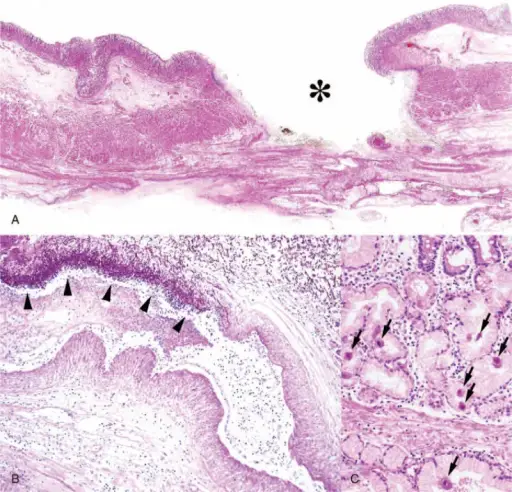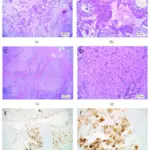Hyperadrenalism is a condition in which there is an excessive amount of adrenalin in circulation.
What is the Pathology of Hyperadrenalism?
The pathology of hyperadrenalism is:
-Etiology: The cause of hyperadrenalism may be exogenous glucocorticoids, adrenocorticotropic hormone (ACTH) producing pituitary adenoma, pituitary hyperplasia, adrenal adenoma, adrenal carcinoma, bilateral adrenal hyperplasia, or ectopic ACTH production by non-adrenal neoplasms.
-Pathogenesis: The sequence of events that lead to hyperadrenalism are dependent on the underlying cause (the etiology).
-Morphology: The morphology associated with hyperadrenalism shows enlarged adrenal glands.
-Histology: The histology associated with hyperadrenalism shows diffuse hyperplasia and lipid depletion of the fasciculata cells. The reticular cells may also exhibit atypia as well.

How does Hyperadrenalism Present?
Patients with hyperadrenalism typically are older males. The symptoms, features, and clinical findings associated with hyperadrenalism include increased heart rate and high blood pressure.
How is Hyperadrenalism Diagnosed?
Hyperadrenalism is diagnosed after a physical examination, blood tests, and urine tests are completed.
How is Hyperadrenalism Treated?
Hyperadrenalism is treated with beta blockers and by treating the underlying cause which may involve imaging and tumor removal by surgery.
What is the Prognosis of Hyperadrenalism?
The prognosis of hyperadrenalism is poor without treatment.


